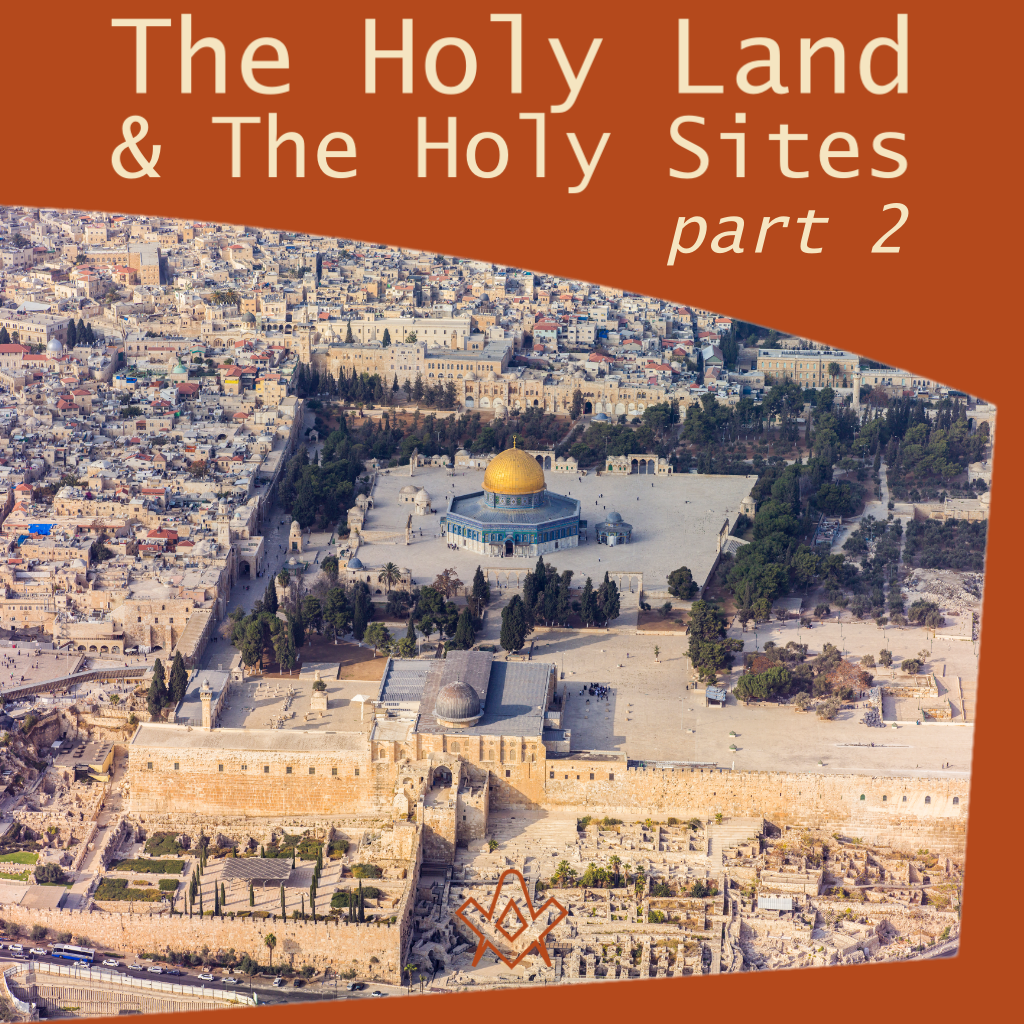The title, The Holy Land and The Holy Sites, is in tribute to the late Michael Baigent, co-author of The Holy Blood and The Holy Grail and many other books.
He was the editor of Freemasonry Today when it was, ‘The Independent Voice of Freemasonry’.
The four-part series will consider ‘masonic’ aspiration and activity regarding the Holy Land and The Holy Sites; leitmotivs include:- pilgrimage, prophecy, tourism, exploration, colonialization and empire. And, ‘to return freemasonry to the place of its nativity’
Part 1: Introduction and The High Degrees considered the possibility that the Christian higher degrees were a means by which the Church could assimilate and control Freemasonries.
It was noted that a Masonic Order aspired ‘to acquire possession of the Holy Sepulchre at Jerusalem….’; just how that decision was made and the extent to which the Order might go to achieve the objective was considered.
Contemporaneously, even Napoleon failed to acquire possession of the Holy Land!
Part 2: The American Grand Lodge and The American Grand Tourist.
Part 3: The American Masonic Tour and The English Imperial Exploration.
Part 4: The Masonic Military Explorer and The Masonic Pathetic Tourist.
The American Grand Lodge and The American Grand Tourist.
Each part will seek to identify and explain ‘Masonic’ Holy Land interest, aspiration, and activity with leitmotifs: – pilgrimage, prophecy, tourism, exploration, colonialization, and empire. Also, the aspiration to ‘return Freemasonry to the place of its nativity’.
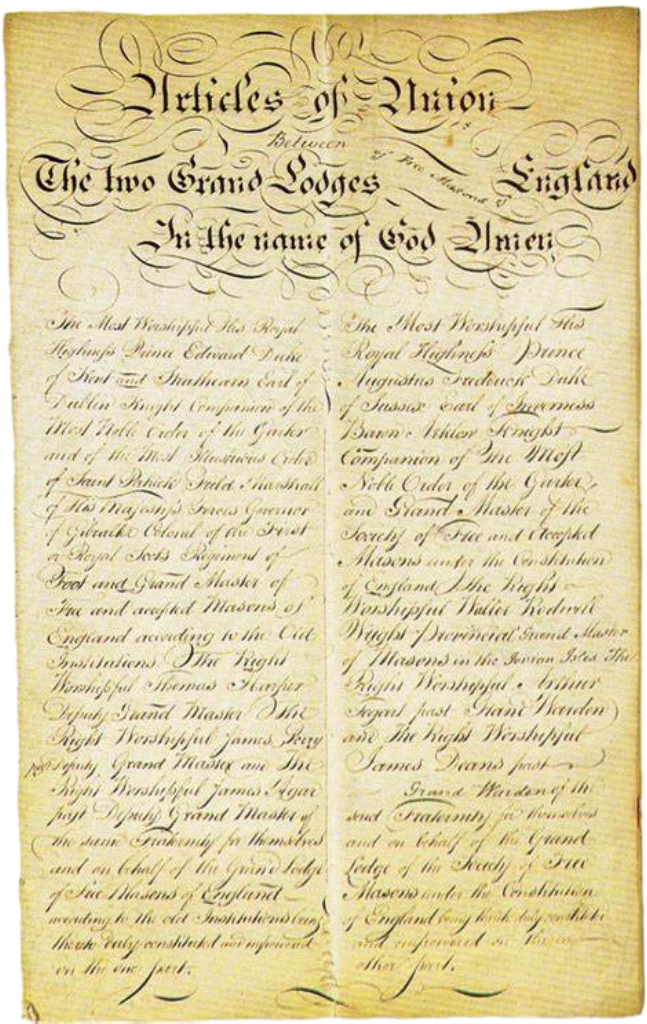
In 1813, the English Grand Lodges of Antients and Moderns united ‘In the name of God Amen’.
Why not in the name of TGAOTU, SMIB? Given the deistic antecedents of the Grand Lodge of England and the deistic preferences of the emerging Grand Master of the Union, how might he have understood, ‘In the name of God Amen’? How did that wording influence the emerging UGLE aims and relationships? How might the jurisdictions with English antecedence have understood it then and now?
The American Grand Lodge….
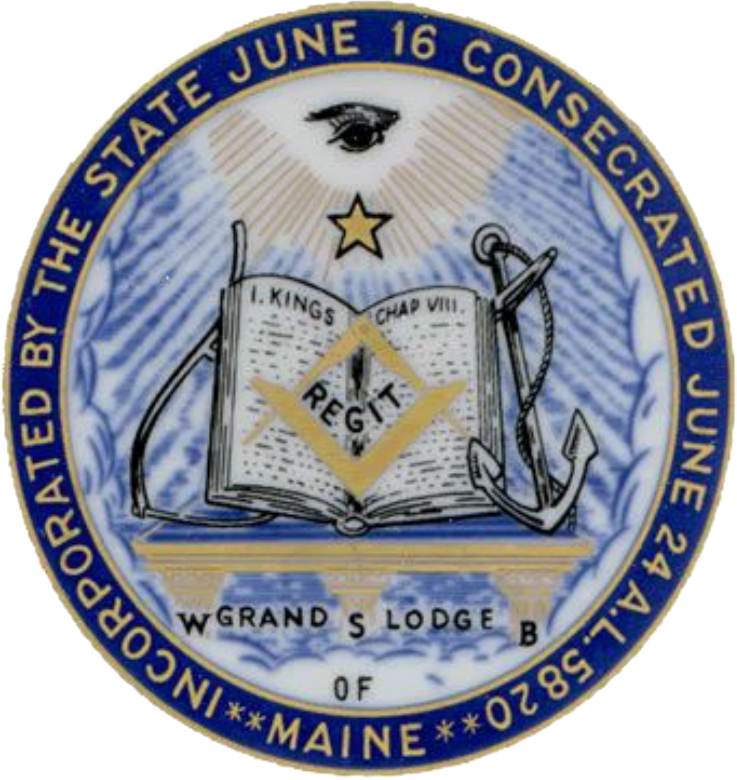
In 1820, Maine achieved statehood and the Masonic jurisdiction was consecrated.
The seal of the GL of Maine featured the State’s Polar (North) Star directing its guiding light on the Bible open at 1 Kings Chapter 8 (King Solomon and the commissioning of The Temple) and on the Square and Compasses.
The new-born State had ‘a distinguished fellow-citizen and mason at its head’; having received incorporation, the GL ‘acknowledged its allegiance to the State’.
The Consecration Address asserted that, ‘masonry’s foundation is laid in the pure worship of the true God and in the preservation of his Name and Word …every degree throws more light on the nature and attributes of the true God…the Holy Bible is the chief corner stone on which the superstructure of Freemasonry is erected’.
It was resolved, ‘…that appropriation shall be made from its funds for…a truly Masonic work the translation, printing, and distribution of the Holy Scriptures’.
It would be interesting to know;
(i) the Masonic understanding of the term, ‘the true God’; and
(ii) if there any is any legitimate Masonic work which is not God’s work?
The Maine GL’s view was that ‘all authentic histories of the order concur in referring the origin of Masonry to the patriarchal ages’. But with respect to those who presided over the First Grand Lodge, ‘the patriarchal ages’ were long before the construction of King Solomon’s Temple (KST).
And in the case of the second and third Grand Lodges, long before the New Testament. In exercise of his diocesan duties and authority, the sixty-six books of the Holy Scriptures viz Old and New Testaments were selected in the Fourth Century A.D. by Athanasius, Bishop of Alexandria.
Seemingly, the first Three Grand Lodges were not based on the ‘Holy Scriptures’: are those Masons who are uninfluenced by the New Testament, Masons at all, or ‘unter-meitzen’, members of an inferior fraternity?
The Maine GL resolved to form, ‘…a committee to institute such inquiries as shall to them seem expedient in order to ascertain whether any vestiges of ancient Masonry can be discovered in Palestine, and the countries adjoining, and what is the present state of Masonry in those countries’.
What, if any, might be the difference between ‘vestiges of ancient Masonry’ and vestiges of ancient Judeo-Christianity? When finally received, the Committee’s report was read and ordered to be placed on file where, seemingly, it has remained undisturbed.
If having discovered ‘the present state of Freemasonry in those countries’ to what use might that information have been put?
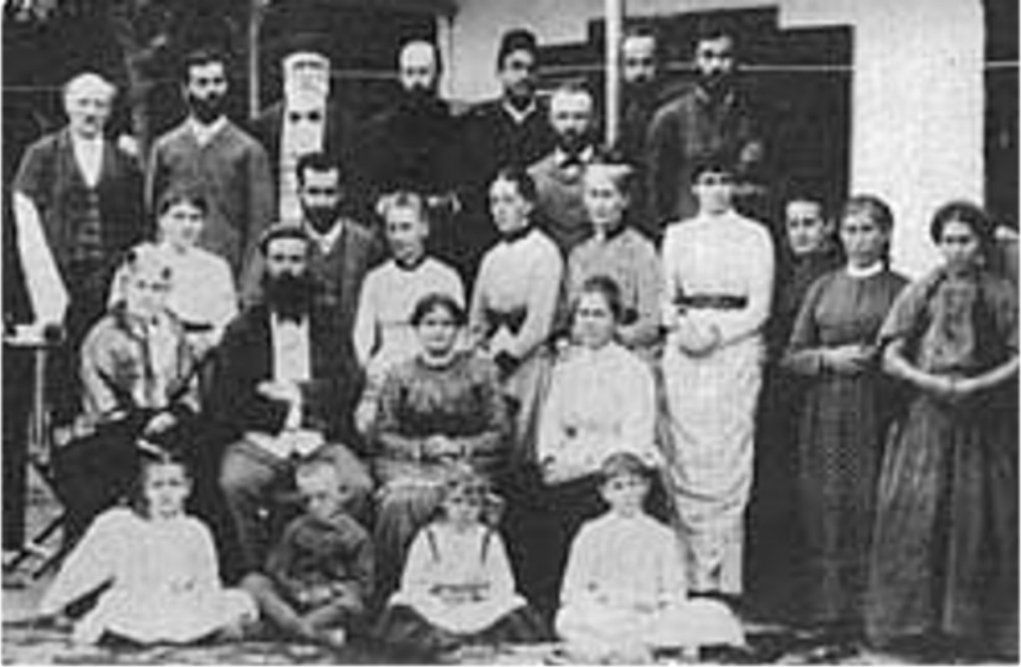
Connected or otherwise and as under the spell of Freemason Revd G. J. Adams, pledges and money were raised in Maine to finance the establishment, in Palestine, of a Christian colony under his presidency.
On 11 August 1867, a hundred and fifty-seven citizens, a sub-set of Mormons, sailed on the Neillie Chapin from Jonesport, Maine (home of Tuscan Lodge N° 106) to Joppa, Palestine, where they founded a colony to await the Second Coming.
In a rare conjoining, neither Mark Twain [see below] nor Rob Morris [see Part 3] were enamoured with Bro. Revd Adams as either a leader of people in general, or of his colonisation project in particular.
There are various theories regarding the Second Coming, some of which revolve around the physical reconstruction of KST on its original site. [See Part 1.]
How will claims of finding vestiges of KST be ‘worthy of all acceptation’?
If and when made, to what use will such claims be put by those awaiting and planning for the Second Coming?
Hopefully, they will continue the two-thousand-year tradition of ‘awaiting’.
Are any Freemasonries committed to the physical rebuilding of KST?
…and The American Grand Tourist
From the Polar Star GL of Maine to a brother of Polar Star Lodge, Missouri.
Brief juvenile support for the Confederacy notwithstanding, Samuel Langhorne Clemens, (aka Mark Twain) was of Presbyterian ‘free-spirit’ provenance.
His ‘politics’ could be likened to those of the English Whig/Radicals, founders of the Grand Lodge of England, seeking only a minimum role for Church and State; and, that ne’er the twain should meet.
Surely Twain was the American Bro. Voltaire; whenever observing forms of human absurdity or hypocrisy, he derided such with ‘unrighteous’ yet eloquent indignation.
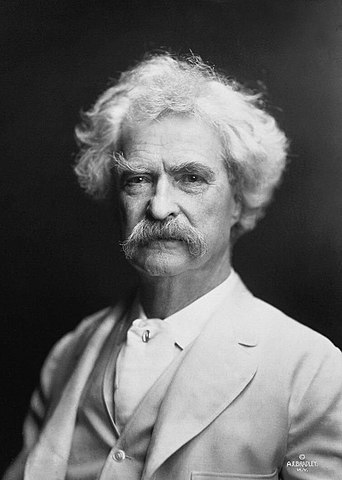
Mark Twain – Taken by A. F. Bradley in New York, 1907
IMAGE LINKED: wikimedia Attribution 4.0 International (CC BY 4.0)
Seemingly, his wedding pact precluded Masonic advancement yet, his sentiments and writing continued to resonate Freemasonry (pity about not paying his Lodge dues).
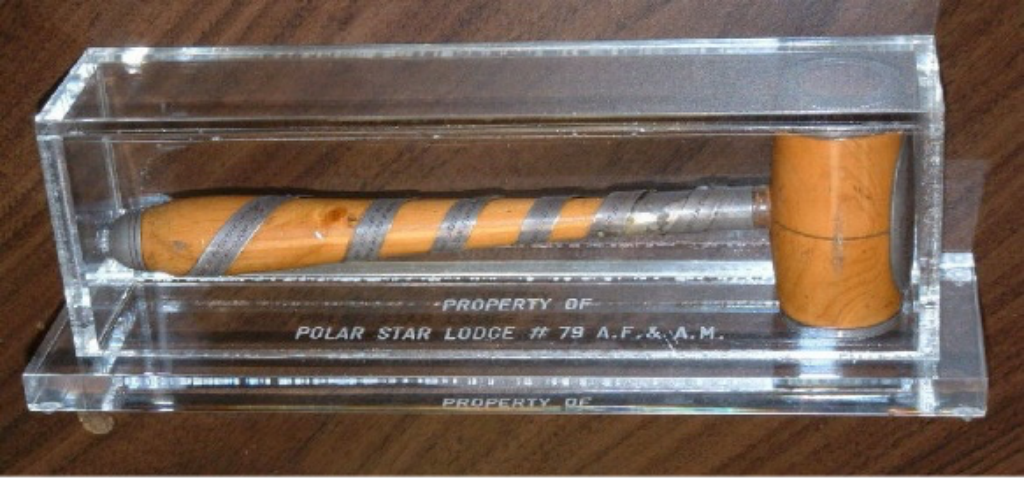
‘Once a mason always a mason’; whilst in the area, demitted Bro. Clemens (aka Mark Twain) arranged for a Masters gavel to be made from the ‘Cedars of Lebanon’ and sent to his Polar Star Lodge No. 79, Saint Louis.
Employer interest and financial support for the journey notwithstanding, it is not overly clear why Twain aspired to take the ‘…much advertised ‘Excursion to Europe…The Holy Land…. Greece and intermediate points of interest’.
But, he did write, ‘Who could read the program of the excursion without longing to make one of the party?’ However, the excursion became a must for him when…
‘Shortly a supplementary program was issued which set forth that the Plymouth Collection of Hymns would be used on board the ship.
I then paid the balance of my passage money.’ (Voltaire, eat your heart out!)
Twain’s worldwide, best-selling, travelogue The Innocents Abroad: The New Pilgrim’s Progress was published 1869. ‘New’ indicates something completely different from the Bunyan original; not a pilgrimage but rather, as described by Twain, ‘…the record of a pleasure trip…a record of a picnic’.
He went on to say, ‘One must travel, to learn. Every day, now, old Scriptural phrases that never possessed any significance for me before, take to themselves a meaning.’
However, any conjoining of ‘meaning’ with orthodoxy would be greatly exaggerated.
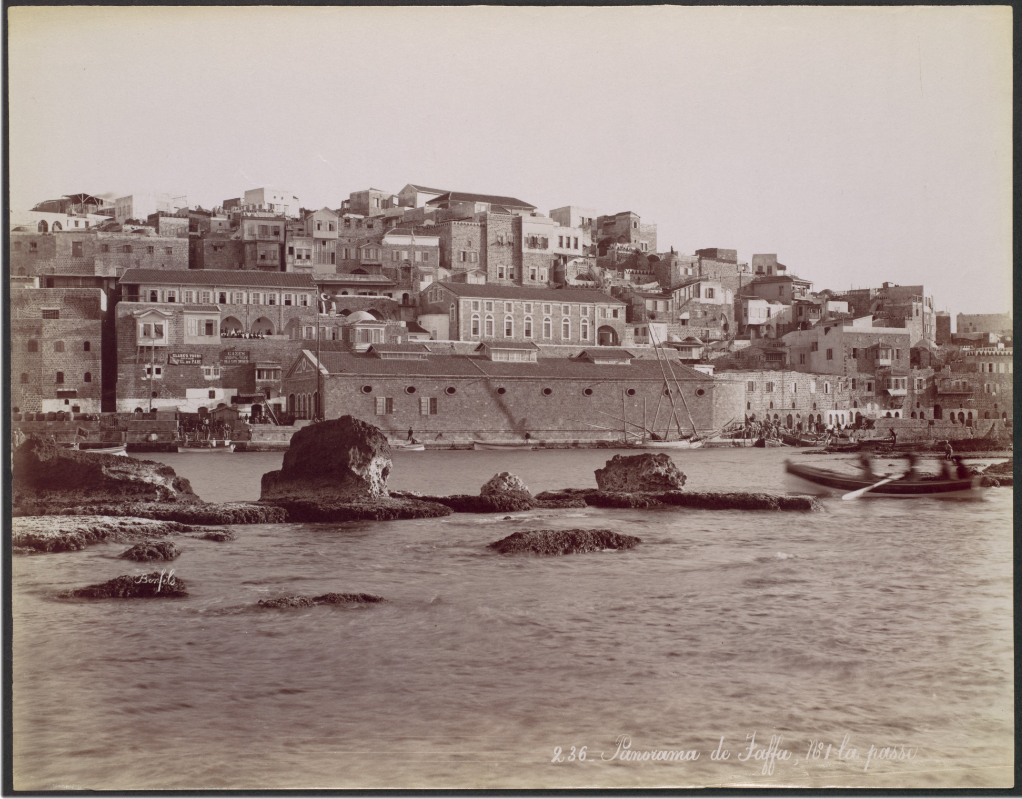
Panorama de Jaffa – Felix Bonfils c. 1880 – Public Domain
At Joppa [aka Jaffa], Twain found a remnant of the Maine colonists in a state of destitution; a fellow-passenger paid for the repatriation of forty souls, and he records, ‘We left in Jaffa, Mr Adams, his wife, and fifteen unfortunates who not only had no money but did not know where to turn or wither to go.’
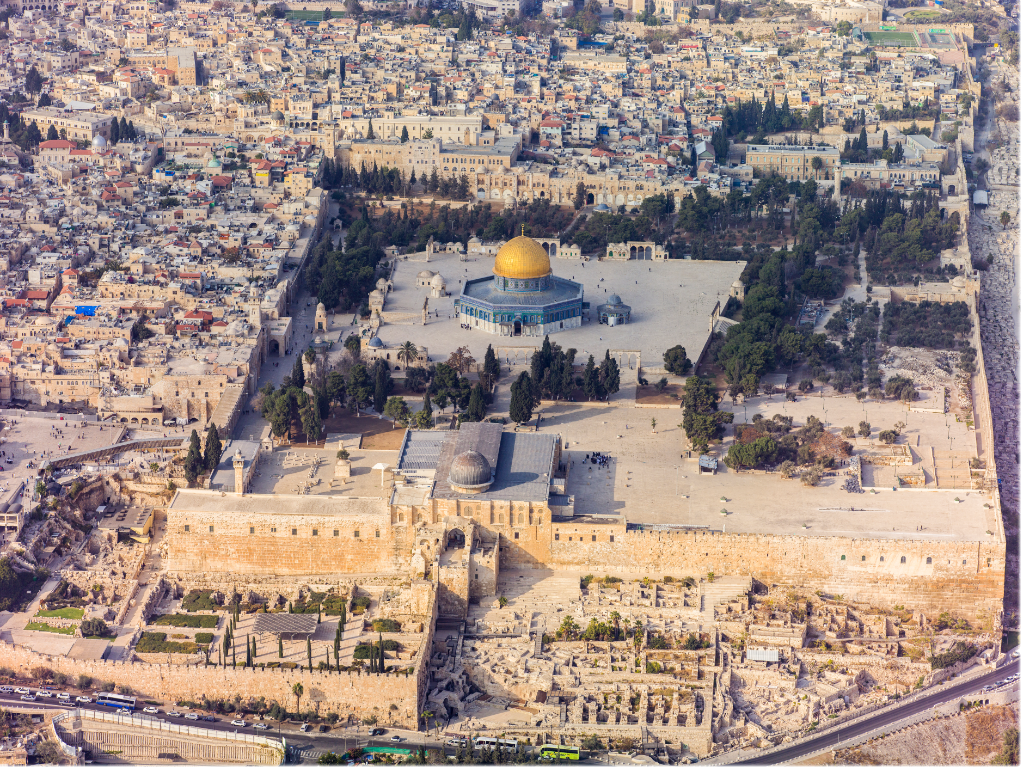
Temple Mount – By Andrew Shiva / Wikipedia, CC BY-SA 4.0
Some maps of Jerusalem depict a putative site of KST. Often on the Temple Mount either on the site of the Dome of the Rock or between it and the Al-Aqsa Mosque.
His guide’s claim that vestiges under the Al-Aqsa Mosque were those of KST, was described by Twain as, ‘humbug and a fraud’.
Within contemporary archaeology there is fundamental debate: was KST was ever built and if so, where? Consensual vestiges have yet to be found.
A quote from The Innocents Abroad illustrates Twain’s derision of absurdity and hypocrisy:
There they are, down there every night at eight bells, praying for fair winds – when they know as well as I do that this is the only ship going east this time of the year, but there’s a thousand coming west – what’s a fair wind for us is a head wind to them – the Almighty’s blowing a fair wind for a thousand vessels, and this tribe wants him to turn it clear around so as to accommodate one – and she a steamship at that! It ain’t good sense, it ain’t good reason, it ain’t good Christianity, it ain’t common human charity. Avast with such nonsense!
Seemingly, many boxes un-ticked. The cynical Innocents Abroad notwithstanding, Jerusalem soon became on the centre of world pilgrimage, exploration and tourism; and Masonic and imperial aspiration! (See Neil A. Silberman, Digging for God and Country: Exploration, Archaeology and the Secret Struggle for the Holy Land 1799-1917.)
In Part 3, there will be a consideration of a Freemason’s Holy Land travelogue of the Bunyan Pilgrim’s Progress genre; veritably, the progress of a Masonic pilgrim.
But will do so aware of Twain’s reminiscence, ‘We love the Old Travelers. We love to hear them prate [prattle] and drivel and lie’.
Also, and in contrast, consideration of a Jerusalem Exploration Society sponsored by Monarchy and a Grand Master; it was administered and supported by Freemasons and it sent into the field, Masons who were professional, military, ‘explorers’.
Article by: Gerald Reilly

Gerald Reilly was initiated in 1995 into St Osyth's Priory Lodge 2063. Essex. England (UGLE).
He was a founder member of Josh Heller's Allthingsmasonic, and with Josh co-wrote 'The Temple that Never Sleeps' (Cornerstone Books, 2006) he is committed to the development of e-Freemasonry.
Awarded the Norman B Spencer Prize, 2016.


The Innocents Abroad, or The New Pilgrims’ Progress
By: Mark Twain
A beautiful edition with the formatting and all 234 images from the original first edition published in 1869. The cover is from an Antonio Joli painting of Rome.
Reading our edition will make you feel that you are back traveling the Mediterranean with Mark. If you like our book, be sure to leave a review!
Published under the full name The Innocents Abroad, or The New Pilgrims’ Progress, this became Mark Twain’s best selling book during his life and one of the best-selling travel books of all time. It is a detailed narrative of a long excursion with a group of fellow travelers to the Holy Land shortly after the Civil War aboard the vessel Quaker City. The humorous account covers his visits to Paris, Italy, Greece, Egypt and the Holy Land. At times irreverent, it is always entertaining.
Book: by Gerald Reilly

The Temple That Never Sleeps
by Josh Heller and Gerald Reilly
Freemasons and E-Masonry Toward a New Paradigm
A revolutionary book for every Freemason.The two authors, American and UK Masons, present a radical view of Freemasonry for both today and tomorrow.
In addition to their ideas are those of numerous Internet Masons (E-Masons) from around the world who, by sharing the experience of their own Masonic journey, have provided stunning personal insight into the viability of the Craft in the Internet Age.
This book will challenge your understanding of Freemasonry today and how it might transform for future generations.
Recent Articles: by Gerald Reilly
 How can the allegory of the Tower of Babel teach us tolerance? Language can be a divide. Not confusion among languages but rather within language, a seriously unclear understanding of another’s world-view. We assume it is so different from our own and yet with clarity, a realisation there is more which unites than separates. |
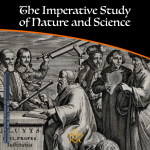 The Imperative Study of Nature and Science At some stage during Freemasonry's Second Degree, the candidate is advised that there is now permitted, something like, the extension of their research into the hidden mysteries of nature and science. Such is an excellent permission and one that each and every Freemason should pursue with awe and passion. |
 Pure Ancient Masonry; P4. A Companion in Rule, Building a better world P4. A Companion in Rule, Building a better world - The four parts of Pure Antient Masonry comprise the ‘body’ Masonic; they are the building blocks of the vital relevance, through enhanced citizenship, wherein the soul of Freemasonry abides. |
 Pure Ancient Masonry; P3. The Master, Building Better Character Part 3: The Master, Building Better Character - Being raised is a transition from knowledge to wisdom. |
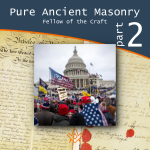 Pure Ancient Masonry; P2. A Fellow of the Craft Part 2: A Fellow of the Craft, Building Better Knowledge. Pure Antient Masonry consists of four parts. ‘Building the Temple’ is the fundamental Masonic allegory for building better people; this must be understood as a seamless whole: |
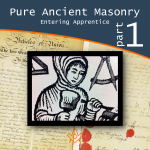 Pure Ancient Masonry; P1. An Entering Apprentice Part 1. An entering apprentice: Building Better Communities; Pure Antient Masonry consists of four parts. ‘Building the Temple’ is the fundamental Masonic allegory for building better people to build a better world |
 Pure Ancient Masonry; Intrduction This series will consider the defining characteristics, lessons and benefits of Three Degrees, the Order of the Royal Arch and when conjoined, Pure Ancient Masonry. |
 The Christianising of British Freemasonries - P4 This concluding article in the series considers the separation of British freemasonries from the Grand Orient of France (GOdF) and maintaining fraternity with the Prussian Grand Lodge of the Three Globes. |
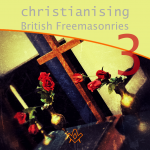 The Christianising of British Freemasonries - P3 Discover the battle for the 'soul' of Masonry. Part 3. French Perdition: ‘…for what fellowship hath righteousness with unrighteousness’? |
 The Royal Arch – ‘the fourth step in regular Freemasonry’ United Grand Lodge of England, has now designated the Royal Arch, the fourth step in regular Freemasonry, it therefore must be concluded that…publications…should now be revised, and based on attracting to the benefits of the four steps. |
 The Christianising of British Freemasonries - P2 How might the battle for the souls of Freemasonries be identified in a way that ensures thriving in the 21st Century? There is no guarantee of the immortality of the soul of Freemasonry! ‘We study the past in order to free ourselves from it.’ (Hariri) |
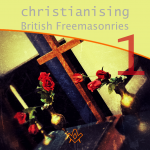 The Christianising of British Freemasonries - P1 This four-part series considers: 1. the separation of British Freemasonries from the Grand Orient of France (GOdF); and, 2. maintaining fraternity with the Prussian Grand Lodge of the Three Globes. |
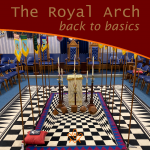 The Royal Arch - Back to Basics In the Royal Arch ceremony, the sojourners are buried with their tools in a vault. The sun, at its highest, provides enlightenment and the principal sojourner is returned to the former companions of his toil |
 The Holy Land and the Holy Sites P4 Fourth instalment of the four-part series, considers ‘masonic’ aspiration and activity regarding the Holy Land and The Holy Sites |
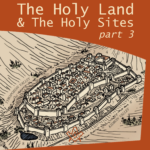 The Holy Land and The Holy Sites P3 Third instalment of the four-part series, considers ‘masonic’ aspiration and activity regarding the Holy Land and The Holy Sites |
 The Holy Land and The Holy Sites P2 The four-part series will consider ‘masonic’ aspiration and activity regarding the Holy Land and The Holy Sites |
 The Holy Land and The Holy Sites P1 In this four-part series, we will consider ‘masonic’ aspiration and activity regarding the Holy Land and The Holy Sites |
 Science and Citizenship: Towards a 21st Century Masonic Mindset. |
 Towards a 21st Century Masonic Mindset: Part 3 ‘Freemasonries’ and the Fourth Industrial Revolution |
 Towards a 21st Century Masonic Mindset: Part 2: ‘Freemasonries’ and Religiosity. |
 Towards a 21st Century Masonic Mindset: Part 1: ‘Freemasonries’ and Governance. |
masonic knowledge
to be a better citizen of the world
share the square with two brothers

click image to open email app on mobile device


